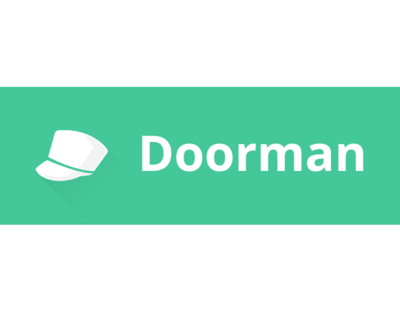What is Straight Rebuy?
A straight rebuy is defined as a buying situation when the buyer routinely reorders the same order from a supplier without any modification. A company’s purchasing department places such orders periodically to meet their manufacturing needs.
In this case, the company orders the same product in the same quantity from the same supplier. Since the straight rebuy situation happens periodically, the company doesn’t go through the trouble of researching suppliers, prices, and products.
Once a company is happy with their chosen supplier they get into this buying routine - which results in straight rebuy.
Different types of Buying Situations
There are three main types of buying situations:
- Straight rebuy- reordering the same product in the same quantity that one purchased the last time.
- Modified rebuy- reordering from the same company but with slight modifications.
- New buy- when a company places an order with a certain supplier for the first time.
Companies resort to one of these buying situations depending on the following factors:
- How new the buying requirement is
- If the problem being solved is complex or routine work
- Total time to solve the problem (if the task is already done there is no need to reorder)
- If its a long-term or a short term project
New buy is fundamentally different from modified rebuy and straight rebuy buying situations. Since the order is being placed for the first time the process takes comparatively longer. The company has to perform detailed analysis and research to understand which supplier’s offering best fits their needs. Only after the detailed analysis will a company place its first order.
Straight Rebuy vs Modified Rebuy
As mentioned above, straight rebuy and modified rebuy buying situations are both very similar. The company chooses to reorder from the same supplier but their order is different in both cases. Let’s understand how these two buying situations differ.
1. Straight Rebuy
In the case of a straight rebuy, the reorder specifications exactly match the specifications of the last order. This is a routine affair, both the parties - supplier and company expect the order to be placed and fulfilled on time. There is no room for any delays or confusion or misunderstanding.
To maintain this buying situation suppliers have to ensure timely delivery and consistent product quality. This buying situation is also convenient for companies as they can skip the research process and directly place the order.

2. Modified Rebuy
In modified rebuy, the company reorder from the same supplier but they modify some elements of their order. The modification can be in terms of features, design, quality, packaging, quantity, or even delivery time.
Modified rebuy can sometimes result in delayed delivery or a wrong supply of goods. Because of the modification, the whole process can turn time-consuming.
Examples of Straight Rebuy
Let’s take a few examples to understand straight rebuy better.
Routine Coffee Order
Starbucks is a huge corporation with outlets around the world. Many consumers visit Starbucks every morning to place the same coffee order with all the same specifications. This is a classic example of straight rebuy as all the elements of the order remain the same. The consumer visits the same supplier each day and places the exact same order.
Manufacturing Companies
Manufacturing companies rely heavily on suppliers to deliver their products on time. Any delays in the delivery of raw materials can affect the entire supply chain. Therefore these companies have to straight rebuy their orders for a specific project. Depending on the duration or complexity of the project the order might eventually change, but for a short period, the straight rebuy buying situation is being implemented.
Restaurants or Food Chains
Restaurants need fresh produce and pantry staples delivered routinely. Most restaurants buy fresh produce every day but the specific product, in this case, might change depending on the season. But pantry staples like milk, flour, salt, sugar, pepper, etc are essential. Restaurants definitely need a regular supply of them. So in this case the straight rebuy buying situation can be implemented.




 Entrepreneurship
Entrepreneurship











